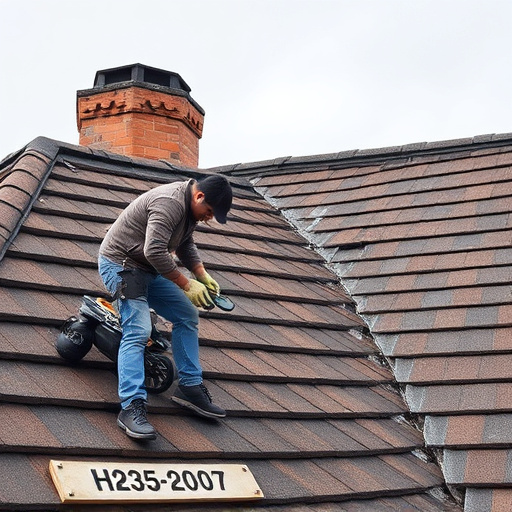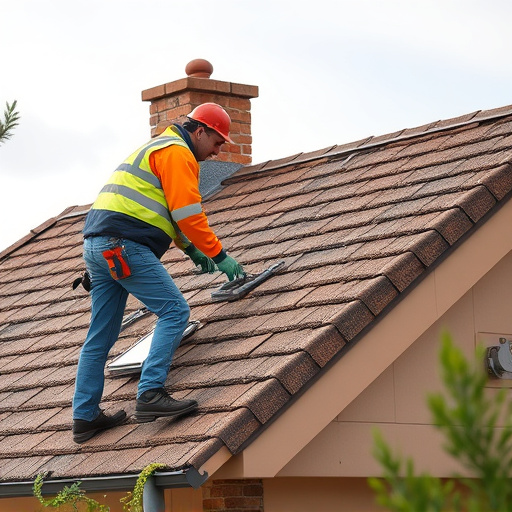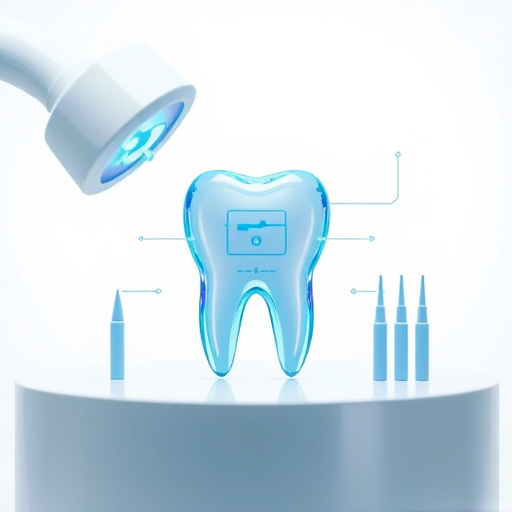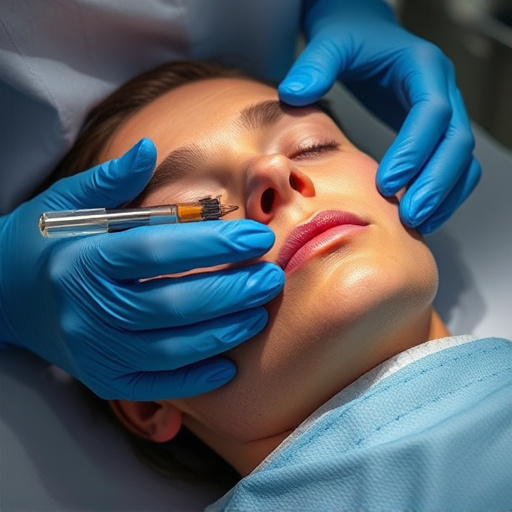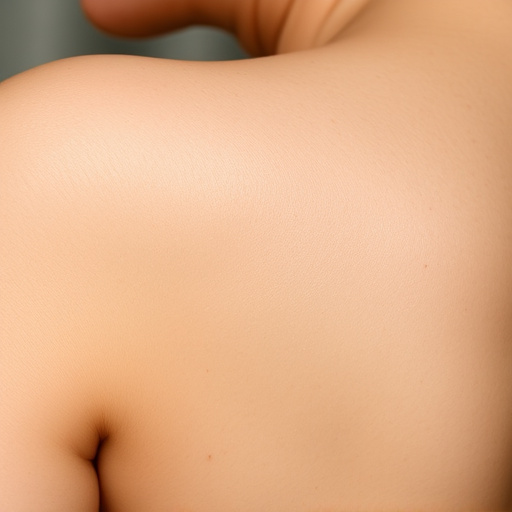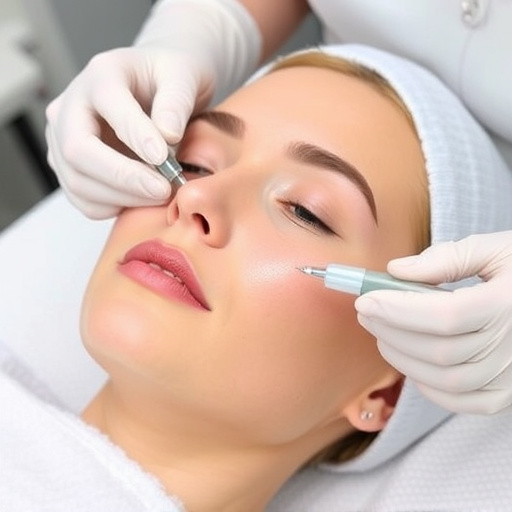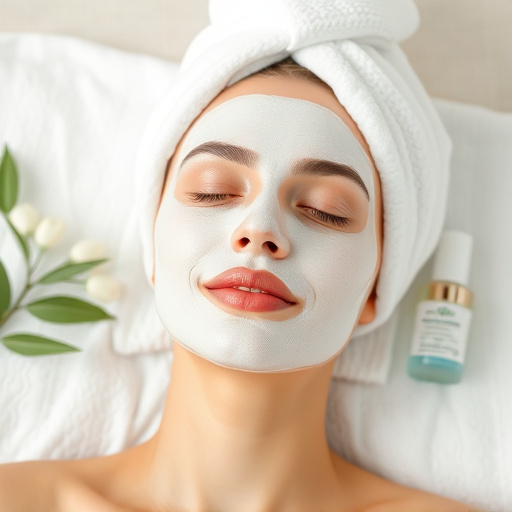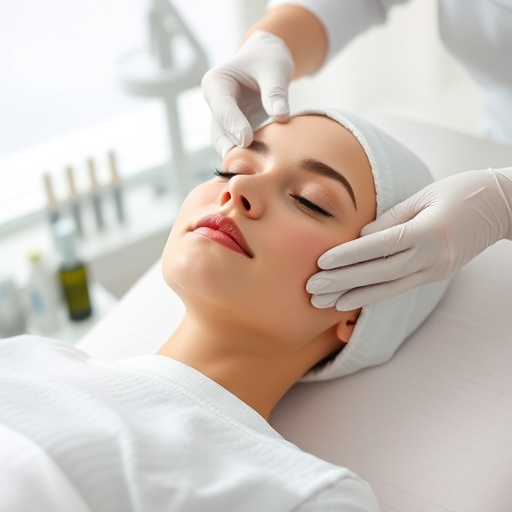Prolonged sun exposure causes severe skin damage, including cancer, aging, and texture changes that hinder treatment effectiveness. Early detection through self-exams and professional assessments is crucial for improved outcomes. Advanced treatments like microneedling and customized facials stimulate collagen production and promote cellular repair. Medical therapies such as chemical peels, IPL therapy, and laser resurfacing offer comprehensive sun damage treatment solutions, improving skin texture, reducing wrinkles, and reversing UV-induced aging.
The sun, a double-edged sword, offers essential vitamin D but also presents a significant health risk: skin cancer. Understanding the intricate link between UV exposure and skin cancer treatment is crucial. This article delves into the impact of sun damage on available treatment options, highlighting advanced therapies revolutionizing sun damage treatment. From targeted phototherapy to cutting-edge immunotherapies, these innovations promise more effective, efficient solutions for those navigating the challenges of skin cancer, emphasizing the importance of both prevention and improved care.
- Understanding UV Exposure and Skin Cancer
- Impact of Sun Damage on Treatment Options
- Advanced Therapies for Effective Sun Damage Treatment
Understanding UV Exposure and Skin Cancer
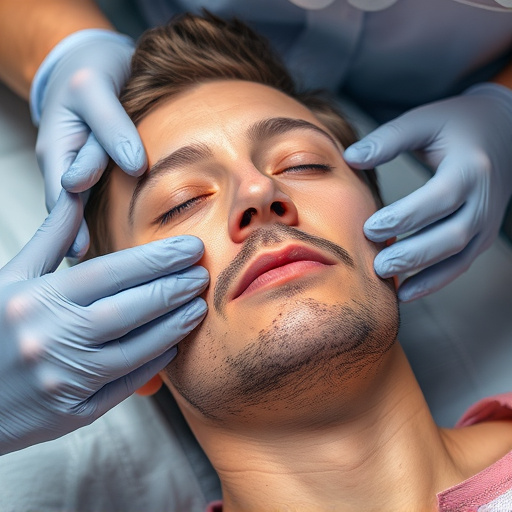
The sun, a powerful source of energy, provides essential vitamin D and illuminates our world. However, its ultraviolet (UV) radiation can cause significant damage to our skin over time, leading to various issues, including skin cancer. Understanding UV exposure is crucial in combating this growing concern. Prolonged or excessive sun exposure contributes to sun damage treatment challenges, as it accelerates skin aging, causes pigmentation changes, and increases the risk of developing malignant tumors.
Skin cancer, a complex disease, often arises from accumulated UV damage. The good news is that early detection through regular self-exams and professional skincare assessments can significantly improve outcomes. Advanced treatments like microneedling therapy and customized facials offer promising solutions for sun-damaged skin. These procedures stimulate collagen production, enhance skin texture, and promote cellular repair, providing a comprehensive approach to sun damage treatment and restoring the skin’s health and vitality.
Impact of Sun Damage on Treatment Options
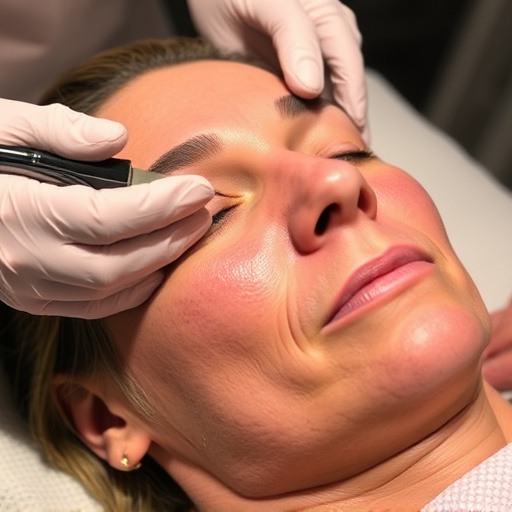
The impact of sun damage on treatment options for skin cancer cannot be overstated. Prolonged exposure to ultraviolet (UV) radiation from the sun can lead to significant changes in the skin’s structure and function, making certain treatments more challenging. Chronic UV exposure accelerates skin aging, leading to an increase in wrinkles, loss of elasticity, and pigmentary abnormalities—effects that can complicate the diagnosis and management of skin cancer.
Sun damage also affects the effectiveness of various treatment modalities. For instance, laser hair removal, a popular method for unwanting hair, may not be as successful on sun-damaged skin due to changes in skin pigmentation and texture. Similarly, skin rejuvenation techniques aimed at improving overall skin health and appearance might yield less optimal results if the underlying damage is extensive. In such cases, addressing the root cause of sun damage through comprehensive protection strategies and proactive skincare becomes crucial for enhancing treatment outcomes and ensuring better long-term management of skin conditions.
Advanced Therapies for Effective Sun Damage Treatment
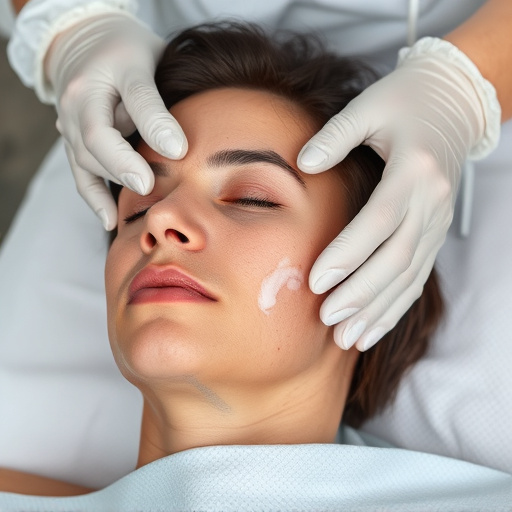
The advancement of medical science has brought forth a plethora of advanced therapies for sun damage treatment, offering hope and effective solutions to combat the detrimental effects of UV exposure. One such prominent method is chemical peels, which involve the application of chemicals to exfoliate the skin, removing damaged layers and stimulating new cell growth. This procedure not only improves skin texture but also helps in reducing fine lines, wrinkles, and age spots caused by sun damage.
Additionally, professional skincare treatments have evolved to include advanced technologies like intense pulsed light (IPL) therapy and laser resurfacing. These procedures target specific skin concerns, such as uneven pigmentation and sunspots, while promoting collagen production for a rejuvenated and healthier complexion. With the right combination of these advanced therapies and diligent professional skincare routines, individuals can effectively reverse sun damage, protect their skin, and maintain a youthful appearance.
Understanding the link between UV exposure and skin cancer is key to effective treatment. Sun damage, a result of prolonged UV radiation, significantly impacts available options. However, advanced therapies offer promising solutions for managing and reversing sun-induced skin changes, providing hope for improved outcomes in skin cancer treatment. By adopting strategies to mitigate UV exposure and exploring these innovative treatments, individuals can take proactive steps towards healthier skin and reduced risk of skin cancer.


